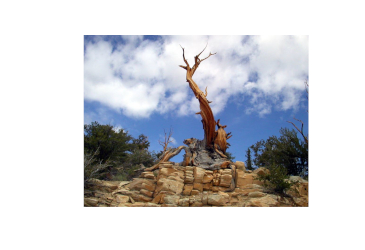Multiple Blessings from Trees
Genesis 1:11
“And God said, Let the earth bring forth grass, the herb yielding seed, and the fruit tree yielding fruit after his kind, whose seed is in itself, upon the earth: and it was so.”
 Genesis uses only a few words and simple language to describe the creation of trees. That hardly seems fair, considering the importance, variety and complexity of the largest and longest-living things on earth.
Genesis uses only a few words and simple language to describe the creation of trees. That hardly seems fair, considering the importance, variety and complexity of the largest and longest-living things on earth.
The largest Sequoias in northern California weigh more than six blue whales. The tallest Australian eucalyptus trees and redwoods tower as high as a 30-story building. Some of the Bristlecone pines in the American west are 4,000 years old.
Trees do more than provide us with building materials, food and medicine. Like other green plants, trees take the waste carbon dioxide produced by animals and humans and turn it into oxygen. As a bonus, trees produce sugar. The cellulose fiber we call wood is actually only thousands of sugar molecules linked into long chains. In recent years scientists have also learned that trees communicate with each other. They cool the air and pump enough moisture into the air to transform a dry desert-like climate. If it were not for the mycorrhiza fungi, trees would battle through their roots for control of moisture and soil resources. However, when this fungus is present in the root systems, trees will link roots with each other and share water and nutrients.
Scripture’s simple statement that God created trees expands into volumes of information as we learn more about them. This is how science done in faith—that is, as our search for knowledge about what God has made—serves to glorify our Creator!
Prayer: Dear Lord, while Your Word is simple enough to be understood by a child, it is also exact enough to impress the scientist. I ask You that Your Word would be accessible in this way to all. Amen.
_____
REF: Ponte, Lowell. What good is a tree? Reader’s Digest. Photo: Bristlecone Pine (PD)
© 2023 Creation Moments. All rights reserved.